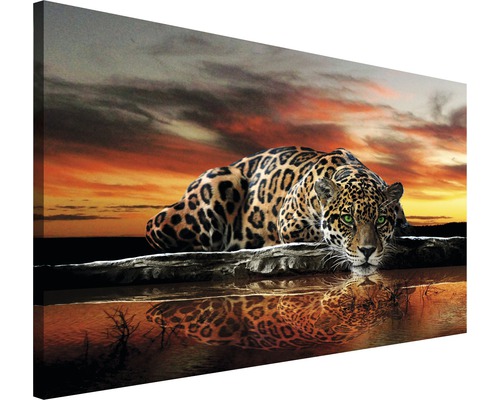Color, with its infinite shades and hues, has the power groot schilderij to evoke a myriad of emotions – from the warmth of a sunlit landscape to the melancholy of a stormy seascape. Artists manipulate color through techniques such as chiaroscuro (the use of light and shadow) and color theory (the study of how colors interact), harnessing its expressive potential to create mood, atmosphere, and narrative depth.
Form, meanwhile, refers to the structure and composition of a painting – the arrangement of shapes, lines, and textures within the frame. Through careful composition, artists guide the viewer’s gaze, leading them on a visual journey through the painting’s narrative, from focal points of interest to subtle details lurking in the background. Whether realistic or abstract, representational or non-representational, the form is the scaffolding upon which the painting’s meaning is constructed.
Techniques and Traditions
Painting encompasses a vast array of techniques and traditions, each with its own history, challenges, and rewards. From the delicate brushwork of watercolor to the bold strokes of oil paint, from the spontaneous gestures of abstract expressionism to the meticulous precision of photorealism, artists employ a diverse range of methods to bring their visions to life.
Oil painting, perhaps the most iconic of painting mediums, offers artists unparalleled richness, depth, and versatility. By layering translucent glazes of pigment over a primed surface, artists can achieve a luminous quality unmatched by any other medium, from the ethereal landscapes of J.M.W. Turner to the haunting portraits of Rembrandt.
Watercolor, on the other hand, requires a delicate touch and a mastery of control, as artists harness the unpredictable nature of water to create luminous washes of color. With its transparent quality and fluidity, watercolor is well-suited to capturing the fleeting beauty of the natural world, from the shimmering surfaces of rivers and lakes to the delicate petals of flowers in bloom.
Acrylic painting, a relatively modern medium, offers artists the best of both worlds – the fast drying time and versatility of water-based paint with the richness and intensity of oil. Popular among contemporary artists for its quick drying time and ease of use, acrylic paint can be applied in thin glazes or thick impasto layers, allowing for a wide range of expressive possibilities.
The Enduring Significance
In an age of rapid technological advancement and societal change, painting endures as a vital form of human expression, offering solace, inspiration, and insight in equal measure. In a world inundated with images and information, painting invites us to pause, to contemplate, and to connect with something deeper within ourselves.
Through its ability to transcend language and culture, painting serves as a bridge between past and present, between artist and viewer, between the tangible world and the realm of imagination. Whether hanging in a museum, displayed in a gallery, or adorning the walls of a private home, paintings have the power to captivate, to challenge, and to transform, reminding us of our shared humanity and the enduring beauty of the human spirit.
In conclusion, painting remains a vibrant and essential art form, weaving together threads of history, culture, and individual experience into a rich tapestry of human creativity. As we continue to navigate the complexities of the modern world, let us not forget the timeless allure of painting – a beacon of beauty, truth, and expression in an ever-changing landscape.
